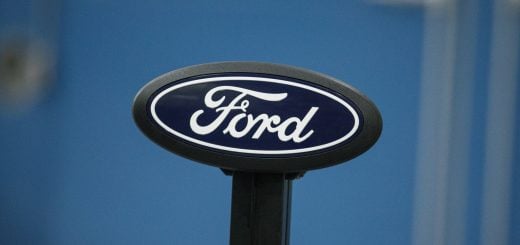While much of the automotive industry has stood pat in terms of average transition pricing over the past several months – following years of record setting growth – that hasn’t always been the case with the Lincoln brand. Rather, Lincoln average transaction pricing has increased on more than one occasion while the market remained largely the same, though the luxury brand did post an ATP of $69,693 in May – a 0.5 percent decrease compared to April. Now that another month has passed, we’re learning that Lincoln average transaction pricing declined even further in June.
According to new data from Cox Automotive, Lincoln average transaction pricing dipped 2.9 percent last month versus May, coming in at $67,377. That figure is, however, still 3.2 percent higher than June 2024’s $65,260 ATP. Regardless, it still compares favorably to Ford, which had an average transaction price of $54,446 last month, which is 0.3 percent higher than May’s figure of $54,266. The same is also true of the overall market, as its ATP was $48,907 in June, 0.4 percent lower than May’s $48,717 and 1.2 percent higher than last year’s figure of $48,338.
In terms of sales, the auto industry recorded 15.3 million of them in June 2025, which is down from 15.6 million a month prior. As a result, inventory levels grew to an 82 days’ supply, up from 72 days in May. Incentives slowed as well, growing by just 0.1 percent to 6.9 percent of ATP month-over-month, compared to 6.5 percent a year ago. Looking ahead, it’s unclear what – if any – sort of impact tariffs might have on all of these figures, but most expect prices to rise and sales to cool as a result, if nothing changes.
“The months ahead are shaping up to be ‘the big squeeze,’ as the real headline this summer will be the growing disconnect between rising costs for automakers and dealers and relatively flat consumer prices,” said Erin Keating, Executive Analyst, Cox Automotive. “As average MSRPs continue to climb, the modest increase in transaction prices suggests the businesses are absorbing more of the burden and not passing the added costs to consumers – something that will impact profitability if the trend persists.”

















No Comments yet